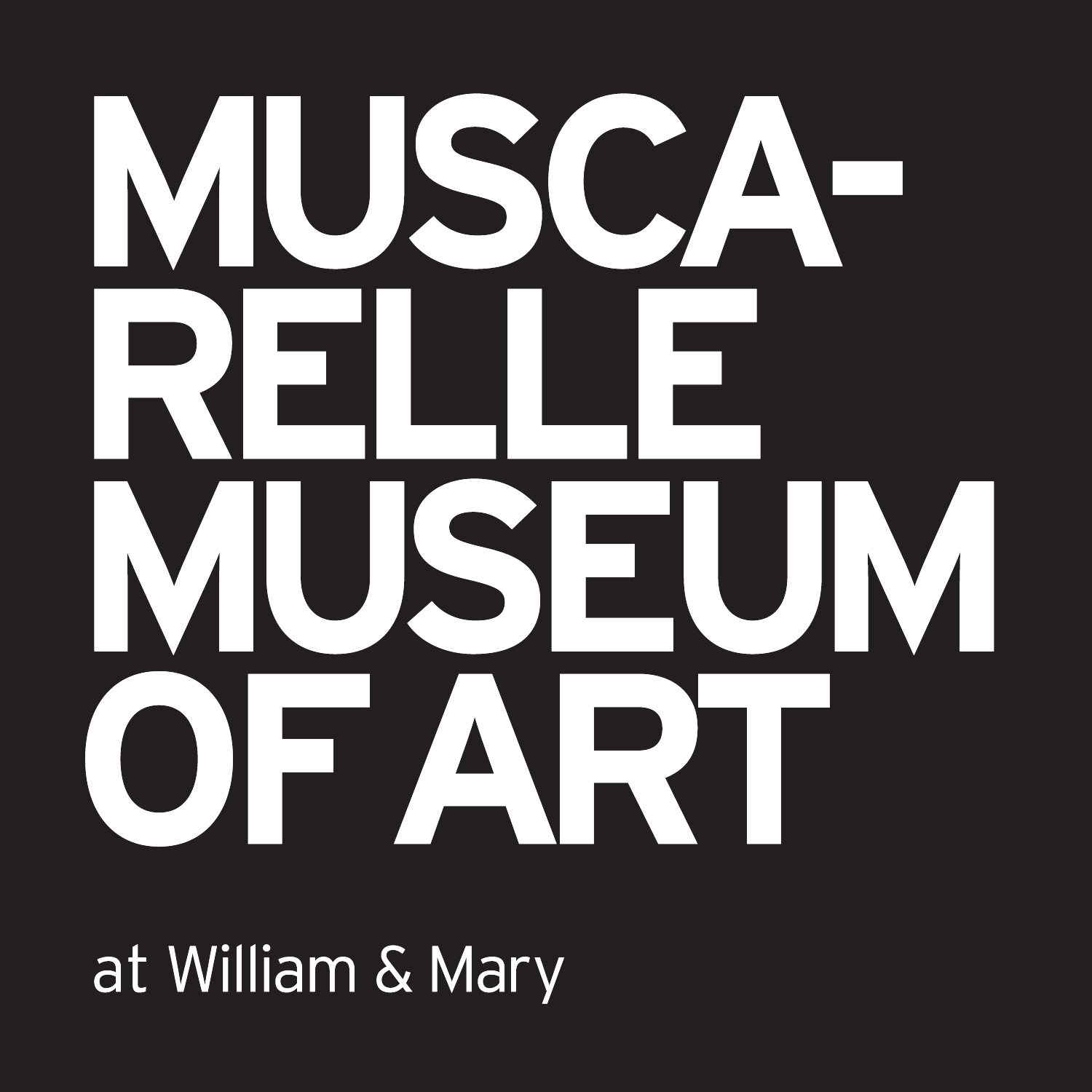
Triumph of the Human Spirit, Photographs of W. Eugene Smith and Aileen M. Smith
April 24, 2010 - June 20, 2010
The profound art of American photojournalist W. Eugene Smith and his wife Aileen M. Smith is the subject of an upcoming exhibition at the Muscarelle Museum of Art. Unbearable Beauty: The Triumph of the Human Spirit consists of photographs from Smith’s “Minamata Series,” which brought to world attention the horrors of mercury poisoning. The exhibition opens April 24, 2010 and closes on June 20, 2010.
William & Mary professor Elizabeth Mead curated the exhibition as part of a College-wide, global-inquiry group on the effects of mercury poisoning culminating in an international symposium at The College. The exhibition will include many images from the Minamata series. Taken in the early 1970s, many of theses photos brought to global attention the horrible effects of mercury poisoning. In 1932, Chisso Corporation spilled mercury into Minamata Harbor in Japan, where it entered the marine food chain and the human diet. Some forty years later the effects of mercury pollution were witnessed by the world in the now infamous image of a healthy Japanese mother bathing the body of her blind and disfigured daughter.
In addition to the exceptionally compelling social content, Smith’s work possesses extraordinary aesthetic sensibilities, coupled with a meticulous technical facility.
“While the subject matter is difficult, these stunning black-and-white photographs are very relevant today, and offer students, faculty, and the community at large the chance to engage in a dialogue with the broader world about environmental issues. The Museum is honored to be the visual facet of this College-wide collaboration,” said Aaron De Groft, director of the Muscarelle Museum of Art.
ABOUT EUGENE SMITH
(1918-1978): Photojournalist
W. Eugene Smith was a 20th century American photojournalist who lived from 1918-1978. Smith was born in Wichita, Kansas where, as a young child, he aspired to become an aeronautical engineer. His first use of a camera was to take photos of the planes at a local airport. He attended Notre Dame University, but left Notre Dame after a year to attend the New York Institute of Photography; he was then hired by Newsweek magazine. He left Newsweek and worked as a free lance photographer for Life, American, Parade, and the New York Times.
During World War II, Smith became a photojournalist correspondent for the publishing firm Ziff- Davis and Life magazine. He photographed in the heart of the action: he was in Okinawa on D-Day, and on the first plane on which a correspondent could arrive after the war began. Smith risked his life to get the perfect photograph. He was wounded in Okinawa by a Japanese shell fragment that exploded, costing him two years in the hospital, where he was unable to practice his craft. It was during his recovery that he captured one of his most famous pieces of art “A Walk to Paradise Garden” (1946).
In 1955, Smith embarked on a photo essay entitled Pittsburgh. As a master photojournalist, Smith compiled multiple photo essays and also taught at the New York School for Social Research. After finishing his final project at Minimata Harbor in Japan, he moved to Tucson to teach at the University of Arizona, where he died a year later. Today the W. Eugene Smith Memorial Fund founded promotes “humanistic photography,” in his honor.


